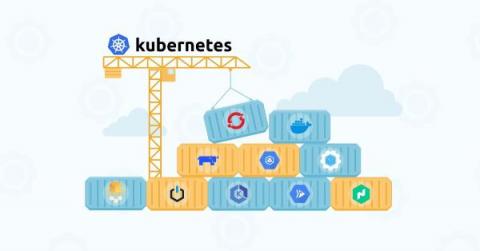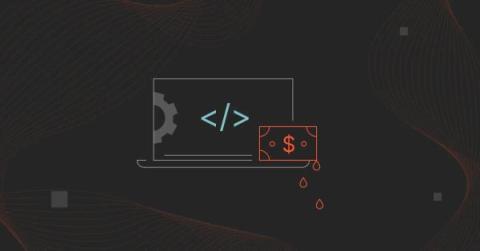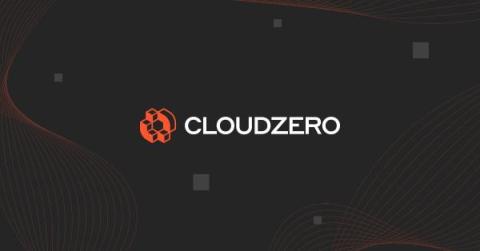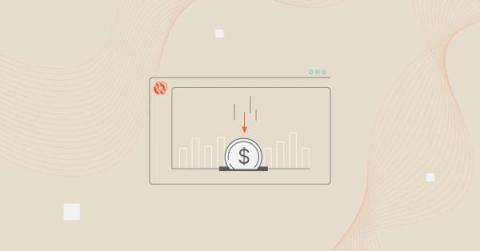21+ DevOps Monitoring Tools Vital To Success
DevOps emphasizes continuous improvement, rapid delivery, and cost optimization. It does this by recommending several engineering best practices you can implement in your IT environments. DevOps also emphasizes automation to improve efficiency and engineering velocity in software delivery. In this guide, we will cover the importance of DevOps monitoring. This will include what to monitor and a list of some of the best monitoring tools for DevOps teams.








